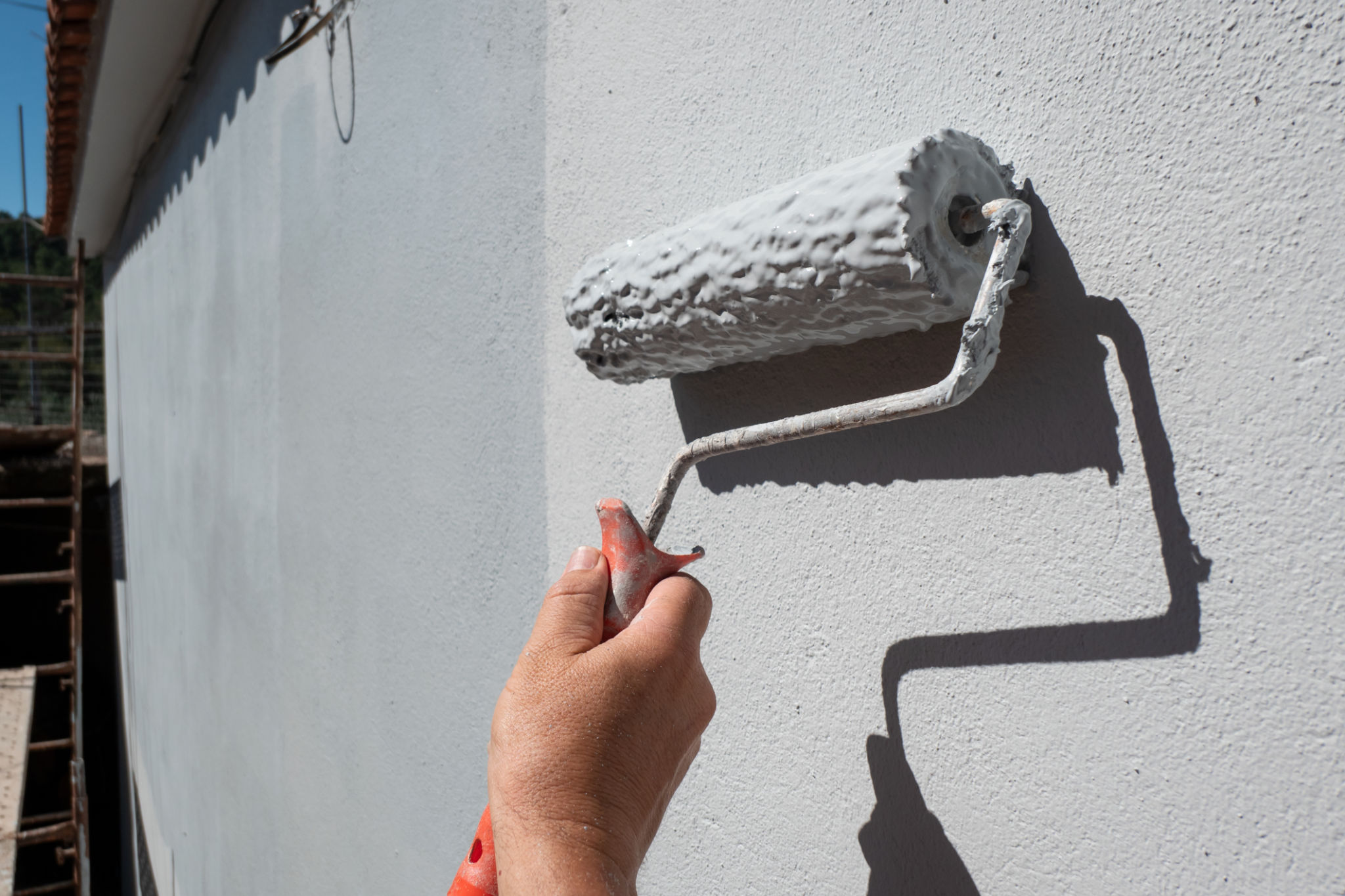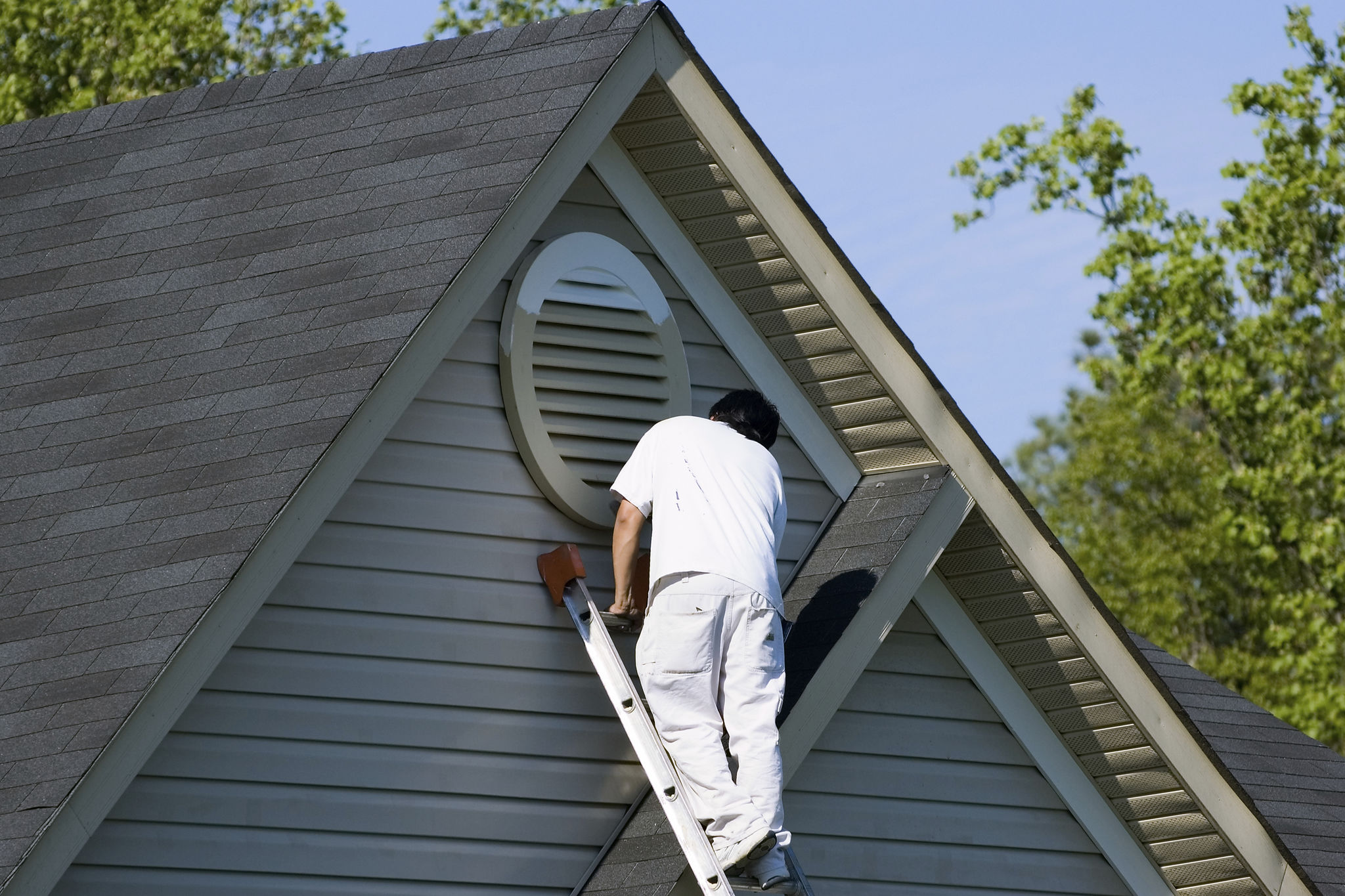Expert Tips for Exterior Home Painting in Humid Climates
Understanding Humid Climates
Exterior home painting in humid climates presents unique challenges that can impact the longevity and appearance of your paint job. Humidity can cause paint to dry slower, leading to uneven finishes and increased vulnerability to mold and mildew. To achieve a lasting result, it's crucial to understand how humidity affects painting conditions and what steps you can take to mitigate these effects.

Choosing the Right Paint
When painting in humid climates, selecting the appropriate paint is key. Opt for paints formulated specifically for exterior use, as they are designed to withstand harsh weather conditions. Look for paints labeled as "mildew-resistant" or "moisture-resistant," as these can provide added protection against the elements. Additionally, consider using high-quality acrylic latex paints, which offer excellent adhesion and durability in humid environments.
Timing is Everything
Timing your painting project is essential for success. Aim to paint during seasons or days when humidity levels are lower. Ideally, start early in the morning after the dew has evaporated, allowing plenty of time for the paint to dry before evening moisture sets in. Avoid painting immediately after rain showers or when rain is forecasted, as moisture can compromise the paint's adhesion.

Preparing the Surface
Proper surface preparation is critical in humid climates. Begin by thoroughly cleaning the exterior surfaces to remove dirt, mold, and mildew. Use a pressure washer or a scrub brush with a solution of water and mild detergent. Once clean, allow ample time for the surface to dry completely before applying any paint. This step ensures better adhesion and a smoother finish.
Priming for Success
Applying a high-quality primer can significantly enhance the durability of your paint job. A primer acts as a barrier between the surface and the paint, helping to prevent moisture penetration and ensuring better adhesion. Choose a primer specifically designed for use in humid climates to maximize protection against moisture-related issues.

Application Techniques
When it comes to application techniques, using the right tools can make a difference. High-quality brushes and rollers designed for exterior use will help you achieve an even coat with fewer strokes. Consider using a paint sprayer for larger areas, as it can provide a more uniform finish and save time. Apply multiple thin coats rather than one thick coat to reduce drying time and improve overall results.
Maintaining Your Paint Job
Once your exterior home painting project is complete, regular maintenance will help prolong its life. Inspect your painted surfaces annually for signs of wear, such as peeling or cracking. Promptly address any issues by cleaning affected areas and applying touch-up paint as needed. Keeping gutters clean and ensuring proper drainage can also help minimize moisture exposure and protect your paint job.